Birdwatching in Queensland’s outback: explore rare species in Longreach
This outback location is home to more than 100 species of feathered friends. It even has streets named after the emu and brolga.

Just after 6am, at Leander Station outside Longreach in western Queensland, Chris Symmons points out the window of his 4WD and whispers “black-breasted buzzard”. I raise my binoculars for a look.
Even after setting three alarms, I struggled to get out of bed this morning, but the sight of this majestic bird of prey makes the early wake-up worthwhile. Perched on a bare branch, it turns its stern gaze on the surrounding landscape, the breeze ruffling its feathers, and the sharp curve of its beak glinting in the sunlight.
Symmons snaps several shots with a telephoto lens longer than his arm and explains that these birds are one of the few that use tools. Specifically, they help themselves to breakfast by picking up rocks and dropping them like bombs from the air to smash the tough shells of emu eggs. “They’re often mistaken for a wedge-tailed eagle, but they’re slightly smaller,” he explains.
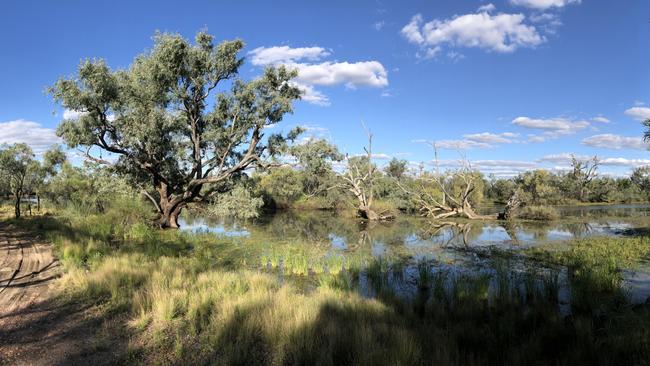
Symmons started Longreach Birding Tours, offering customised, small group tours to some of the region’s best birdwatching spots, in late 2024. Guests travel in his vehicle, occasionally hopping out to explore on foot.
“Often the birds find cars less intimidating than people, so sometimes you can get closer in a car and cover a bigger area,” he says. Symmons’ lifelong love affair with all things avian started when his parents, both doctors, ran a Baptist mission hospital in the remote highlands of Papua New Guinea. As an eight year old, he loved to take visitors out to spot the showy birds-of-paradise in the surrounding rainforest. After leaving school, Symmons toyed with the idea of becoming an ornithologist. He decided to study medicine instead, and now works part-time as a doctor in town. Still, the birds continue to call to him.
Although the cascading tail feathers, iridescent breast shields and fanciful head plumes of PNG birds are in much shorter supply among outback varieties, Symmons speaks affectionately about them all.
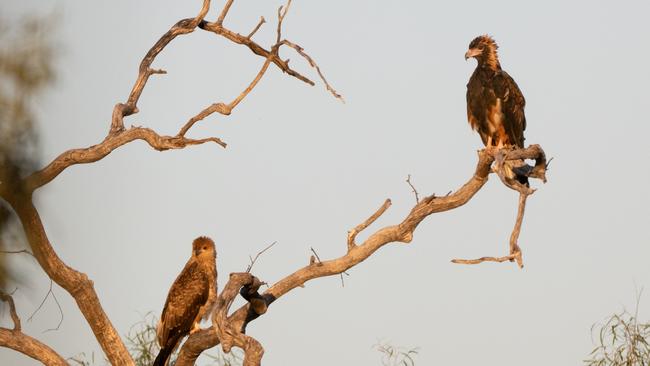
During the tour, he draws my attention to black-faced cuckoo-shrikes, white-winged trillers, whistling kites, eclectus parrots, apostlebirds, noisy friarbirds, Australian ringnecks, and more. It’s just a taste of what can be found on this 8000ha goat and cattle station. Symmons has been surveying birds here for only six months yet he’s already identified 100 species.
I’ve arrived after a period of flooding rains, which has brought a profusion of birdlife to the region. This includes nomadic or migratory birds such as colourful flocks of cockatiels, dainty budgerigars, and insectivorous masked woodswallows to the region. How they intuit favourable conditions at their forward destination remains a mystery.
“There are birds that arrive maybe a week before it rains – and often it’s forecast rain, but I assume they don’t watch the weather forecast or look at the Bureau of Meteorology,” Symmons says. “And they may have travelled 1000km to get here.”
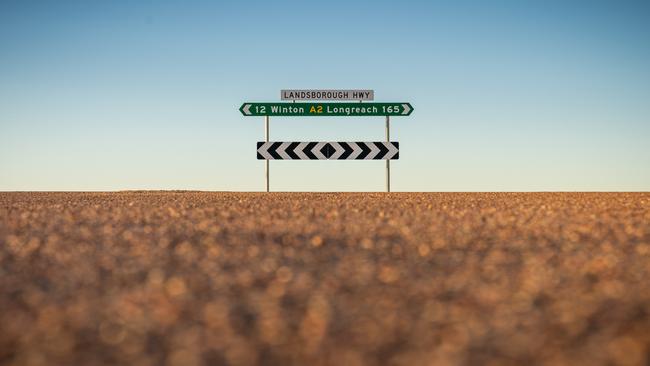
Joined by Toby Whip, one of Leander Station’s owners, we drive past the circa-1912 farmhouse and a tribe of poddy goats, down to a dam where a group of Australasian darters are drying their wings after fishing for golden perch (yellowbelly).
“They often spend time underwater with only their heads sticking out, so some people call them snake heads,” Symmons explains.
He likes to work with local landholders like Whip to gain access to areas that are off limits to the public. “I’ve taught Toby a lot about birds, and he’s taught me a lot about goats,” he adds.
Longreach seems the perfect destination from a birding perspective. Nestled along the Thomson River, and surrounded by grasslands, wetlands and mulga woodlands, the region provides habitat for a diverse range of birdlife.
In the heart of town, all the streets running east-west are named after waterbirds, while the streets running north-south are named after land birds.
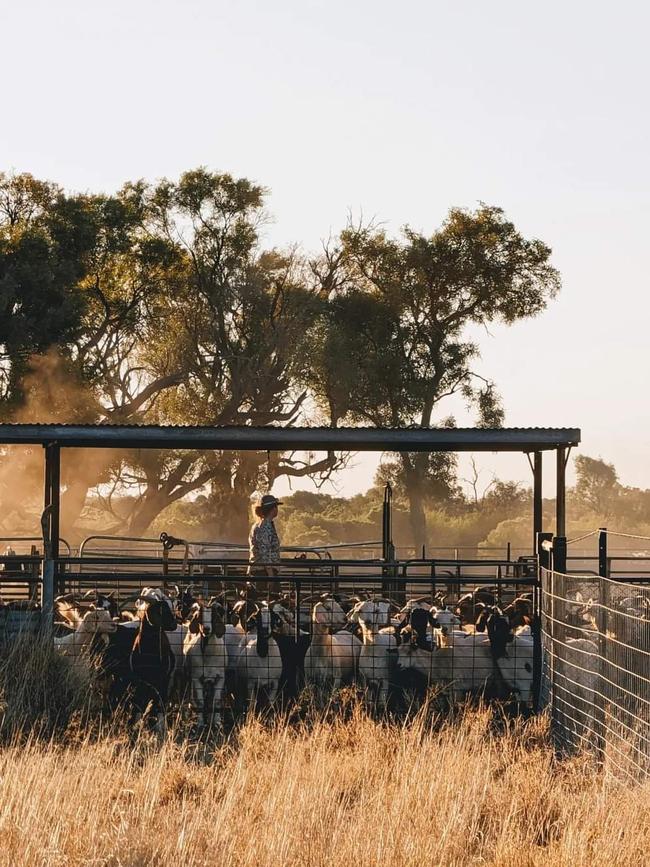

“Especially when it’s dry, we tend to get emus and brolgas in town,” Symmons says. “It’s surreal … but not uncommon to have emus on Emu Street and brolgas on Brolga Street.”
During these times, the birds have right of way over vehicles, and many residents fill up children’s clamshell pools so their feathered friends can sip water on their front lawns. I’m not a dedicated birdwatcher, but I find the gently paced outing with Longreach Birding Tours a welcome shift in gears from the town’s mainstream attractions such as the Australian Stockman’s Hall of Fame or Qantas Founders Museum.
Symmons also caters to serious twitchers; people who present a wishlist of specific species they want to see or photograph, and seek his help shaping an itinerary that will maximise their chances. The rare but beautiful letter-winged kite, for instance, has its key stronghold in far western Queensland between Winton and Birdsville. Then there’s the Opalton grasswren, which lives only in areas of old-growth spinifex in a small area between Bladensburg National Park near Winton, Lark Quarry and Opalton.
The good news is that there’s always something to see, no matter the season, Symmons says. “Even when it’s brown and dry, there’s still some amazing wildlife around.”

In the know
Longreach is just over two hours by air from Brisbane. Longreach Birding Tours offers one to two-hour tours of the wildlife and habitats of the Mitchell Grass Downs bioregion ($100 a person) and half-day Station Explorer tours ($150 a person). Outback itineraries upon request.
Denise Cullen was a guest of Outback Queensland and Longreach Birding Tours.
If you love to travel, sign up to our free weekly Travel + Luxury newsletter here.

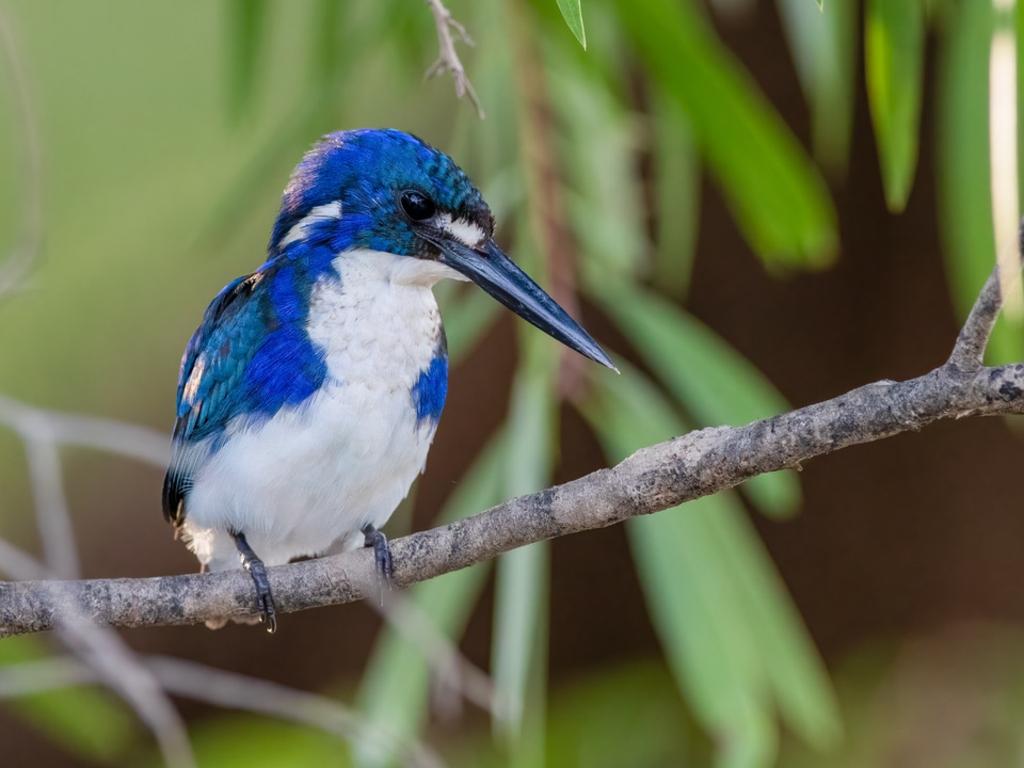

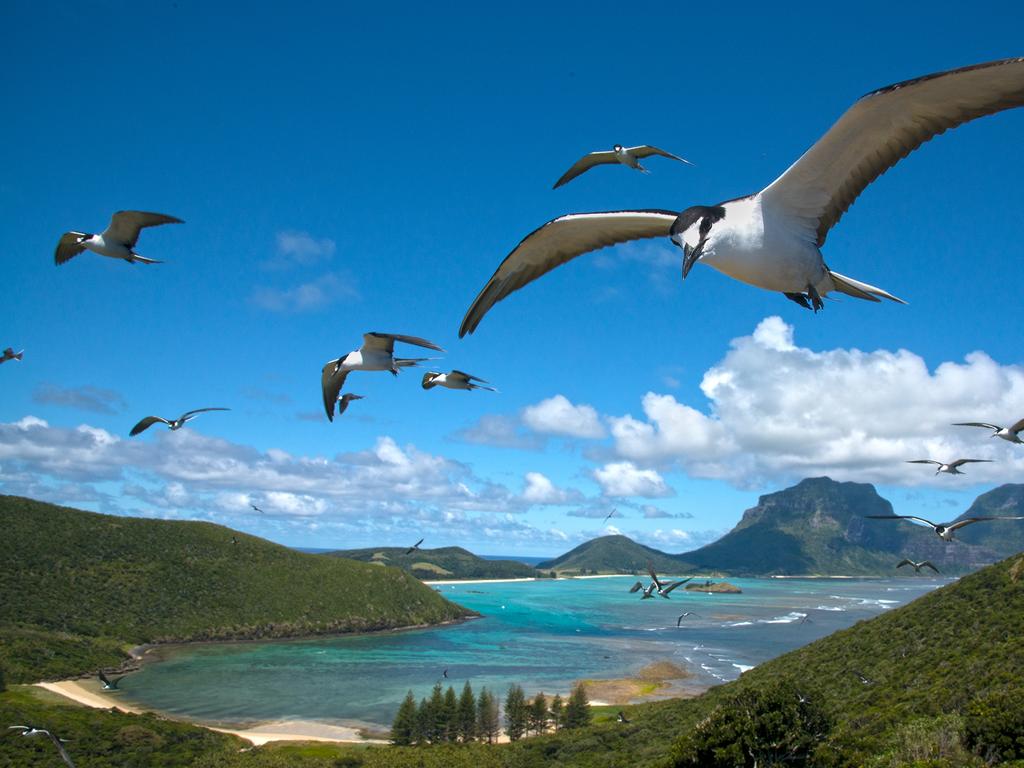
To join the conversation, please log in. Don't have an account? Register
Join the conversation, you are commenting as Logout